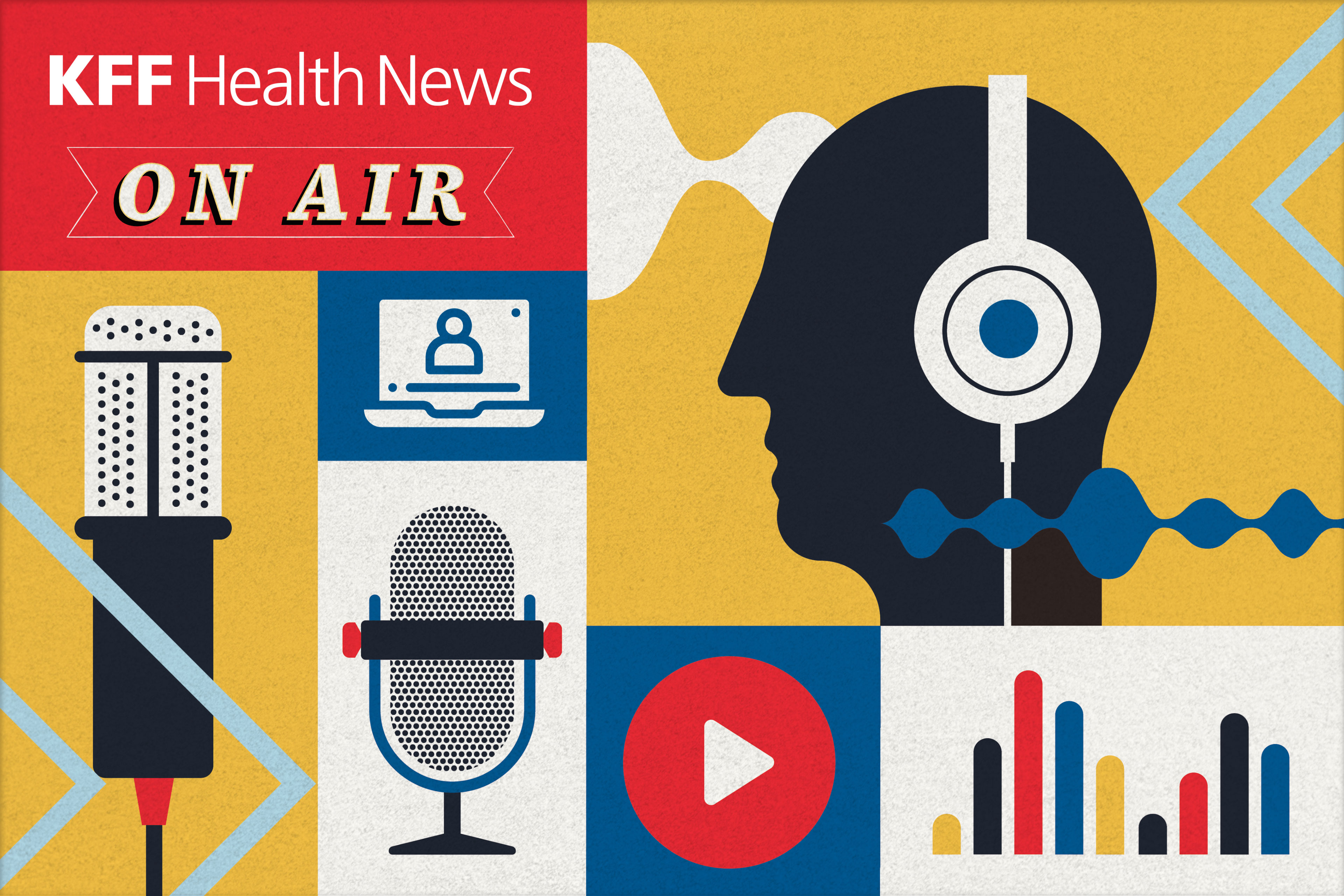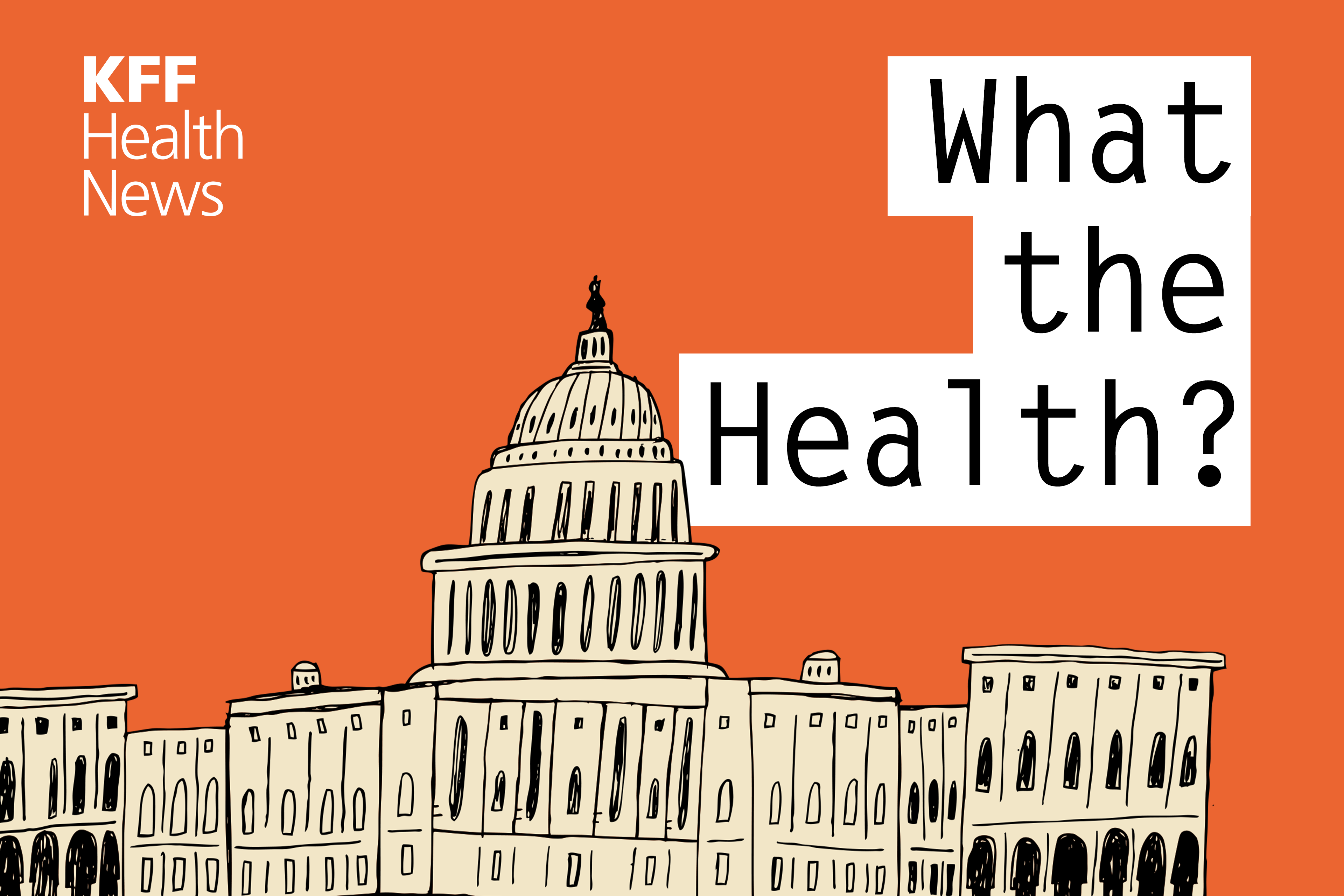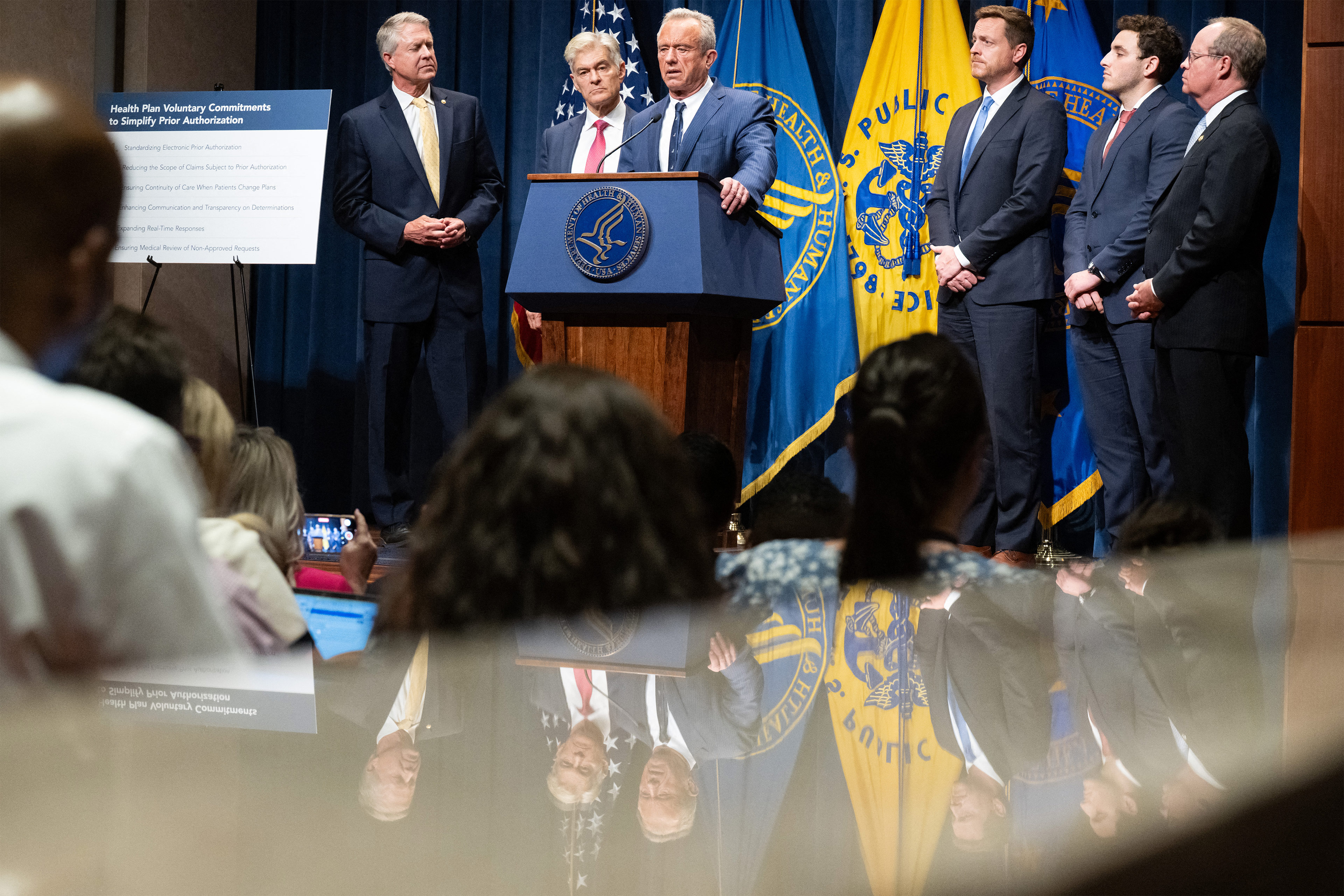2013 Employer Health Benefits Chart Pack
2013 Employer Health Benefits Chartpack Download…
The independent source for health policy research, polling, and news.





Choose which emails are best for you.
Sign up here